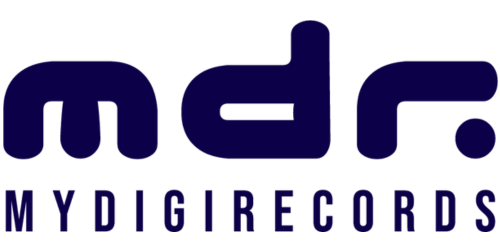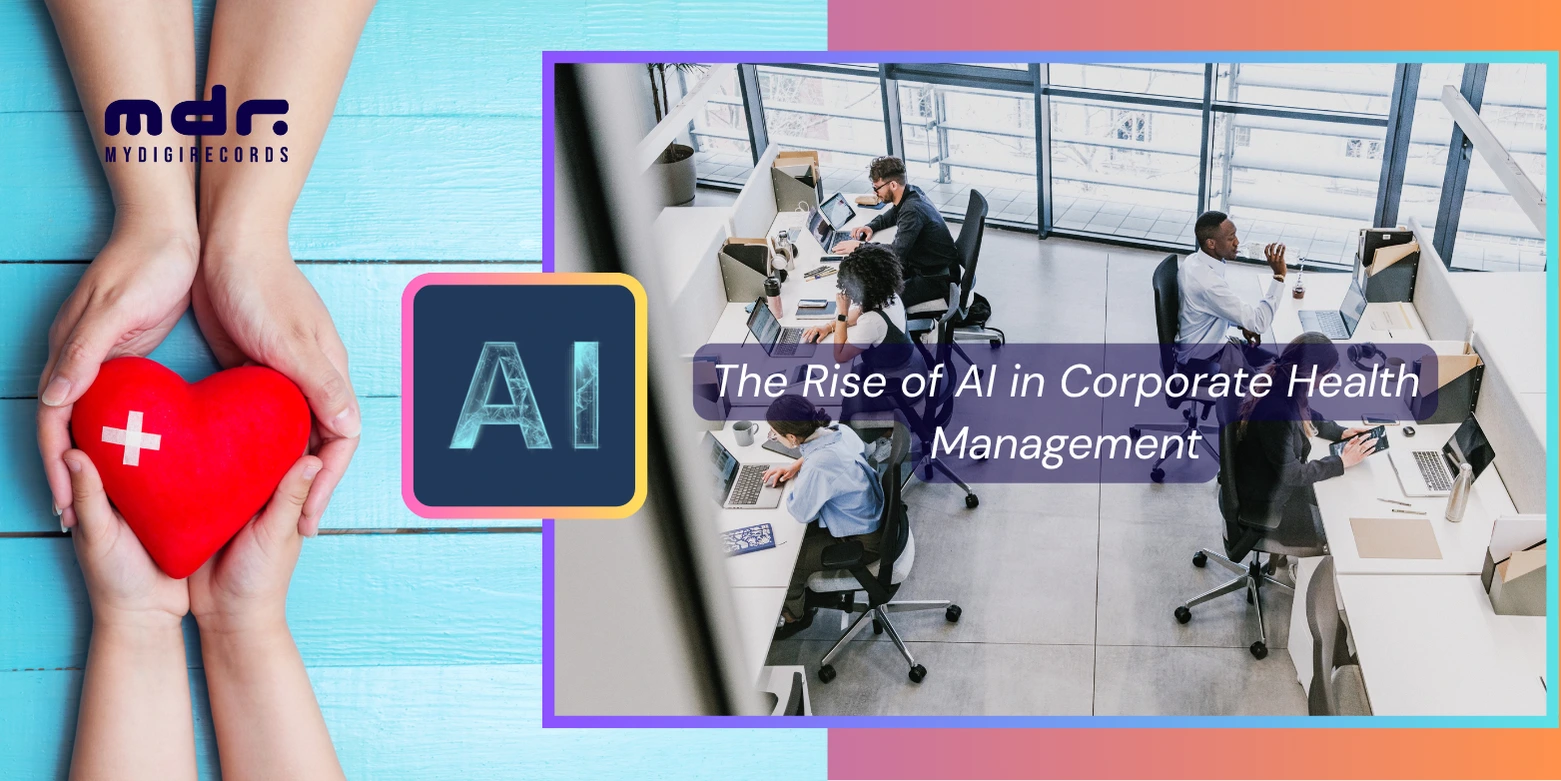How Corporates Can Use AI-Powered Health Data to Boost Productivity
Table of Contents:
The Rise of AI in Corporate Health Management
How Health Impacts Workplace Productivity
Use Cases: How Corporates Can Leverage AI Health Data
Addressing Privacy Concerns: How to Do It Right
Real-World Example: Using SmartVitals in the Workplace
The ROI of Health: How Productivity Improves
In the race to stay ahead in today’s fast-paced corporate world, companies are constantly seeking ways to improve employee performance, reduce burnout, and create healthier work environments. One of the most promising—and often underutilized—tools in this pursuit is AI-powered health data.
Imagine knowing not only how productive your employees are, but why. What if you could spot early signs of fatigue, stress, or poor health patterns across your teams and proactively intervene before productivity dips?
Welcome to the future of workplace wellness.
The Rise of AI in Corporate Health Management
Artificial Intelligence (AI) is revolutionizing industries across the board, and corporate health is no exception. With the rise of wearable devices, health tracking apps, and digital health records, there’s now an abundance of data being generated every second. The challenge is not the lack of information—but turning that data into meaningful insights.
AI solves this problem by:
- Detecting trends in employee health metrics
- Offering personalized health insights
- Predicting burnout or health issues before they escalate
- Recommending lifestyle changes backed by data
This isn’t just about reducing sick days. It’s about transforming how businesses approach productivity, engagement, and employee satisfaction.
How Health Impacts Workplace Productivity
Let’s face it—healthier employees are more productive. But here’s what many companies overlook: even minor health issues like poor sleep, stress, or dehydration can significantly reduce mental clarity and output.
Some stats to consider:
- Presenteeism (working while unwell) costs companies more than absenteeism.
- Sleep-deprived employees lose an average of 11 days of productivity annually.
- Chronic stress is linked to higher error rates and decreased work engagement.
With AI tools like SmartVitals from MyDigiRecords, corporates can now access real-time insights into employee health—non-invasively, and without breaching privacy.
Use Cases: How Corporates Can Leverage AI Health Data
Let’s break down exactly how AI-powered health data can be utilized by corporates:
- Early Detection of Health Issues
AI algorithms can detect subtle changes in health patterns—like elevated heart rate or poor sleep cycles—indicating stress or the onset of illness. With timely nudges, HR teams or wellness managers can guide employees to take preventive action, avoiding burnout or long sick leaves.
An employee regularly showing signs of high stress can be offered counseling sessions or a lighter workload before performance dips.
2. Personalized Wellness Programs
Instead of generic one-size-fits-all initiatives, AI can help corporates personalize wellness plans based on actual health metrics.
- Poor sleep? Recommend a sleep hygiene workshop.
- Low hydration levels? Start a water challenge.
- Sedentary behavior? Gamify daily steps across departments.
AI allows segmenting employees based on real needs, not assumptions—driving higher participation and better outcomes.
3. Boosting Mental Health Support
Mental health is complex, often invisible, and usually addressed too late. AI can help identify behavioral patterns—like erratic work hours, increased sick leaves, or fatigue—that hint at mental health struggles.
When combined with anonymized health tracking data, employers can spot department-level stress trends and invest in group therapy sessions, mindfulness tools, or flexible schedules.
4. Data-Driven HR Decision Making
Imagine HR dashboards not only tracking attendance or turnover, but also:
- Employee energy trends across seasons
- Department-level fatigue scores
- Correlations between work schedules and health indicators
AI allows evidence-based HR strategies—whether it’s redesigning shift patterns or rethinking remote work policies.
5. Incentivizing Healthy Habits
Health data can power reward systems that gamify wellness.
For example, employees with improved vitals over 3 months could receive extra leave, recognition, or discounts on health products.
When tied to actual data—not just participation—these programs become more effective and impactful.
Addressing Privacy Concerns: How to Do It Right
It’s natural for employees to feel wary about health data collection. That’s why transparency, consent, and security are essential.
Here’s how corporates can ethically implement AI-powered health tools:
- Use voluntary opt-ins for health tracking
- Ensure data is anonymized and aggregated, not individually monitored
- Partner with platforms compliant with the DPDP Act and DISHA guidelines, like MyDigiRecords, to ensure secure and ethical health data management.
- Communicate that the goal is well-being, not surveillance
Done right, employees often embrace these tools as a sign that their company truly cares.
Real-World Example: Using SmartVitals in the Workplace
SmartVitals, a feature of the MyDigiRecords app, is one of the first AI-powered tools that provides instant health metrics like heart rate, BP, stress level, and sleep quality—all through a simple face scan.
Corporates using SmartVitals can:
- Offer optional daily scans as part of wellness routines
- Generate weekly health insights (aggregated by department or team)
- Track the effectiveness of wellness initiatives over time
Bonus: It requires no wearable, making it easier to adopt across the workforce.
The ROI of Health: How Productivity Improves
Let’s talk numbers. When corporates invest in AI-powered health tools, the benefits are tangible:
- Reduced sick days: Early detection means faster recovery and fewer absences.
- Improved morale: Health-conscious workplaces foster loyalty and engagement.
- Better retention: Employees are more likely to stay with companies that invest in their well-being.
- Higher performance: Healthy employees deliver sharper focus, faster decisions, and better creativity.
According to a Deloitte study, every $1 spent on workplace wellness can yield $5 to $10 in ROI when implemented effectively.
What’s Next: Making AI Health Tools a Core Strategy
AI-powered health data is not just a trend—it’s becoming a strategic advantage. Companies that integrate these tools into their HR and wellness strategies will:
- Stay ahead in attracting top talent
- Reduce healthcare costs
- Improve organizational resilience
Whether you’re a startup or an enterprise, now is the time to act.
Final Thoughts
As the lines between health and productivity blur, forward-thinking corporates are reimagining wellness—not as a perk, but as a core business strategy. With AI and smart health data, it’s possible to build workplaces where employees feel better, work better, and stay longer.
If you’re ready to empower your workforce with the future of health tech, explore solutions like SmartVitals by MyDigiRecords. It’s not just about numbers. It’s about people—and giving them the support they need to thrive.
More blogs for you to read
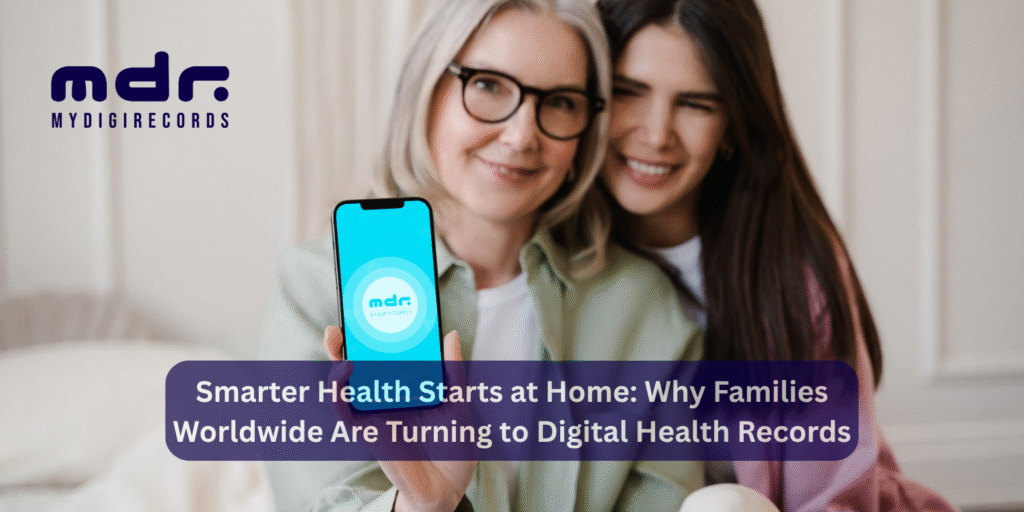
Smarter Health Starts at Home: Why Families Worldwide Are Turning to Digital Health Records
Smarter Health Starts at Home: Why Families Worldwide Are Turning to Digital Health Records Table of Contents: Why Every Family

What Happens to Your Medical History When You Switch Doctors?
What Happens to Your Medical History When You Switch Doctors? Table of Contents: What Happens to Your Medical HistoryWhen You
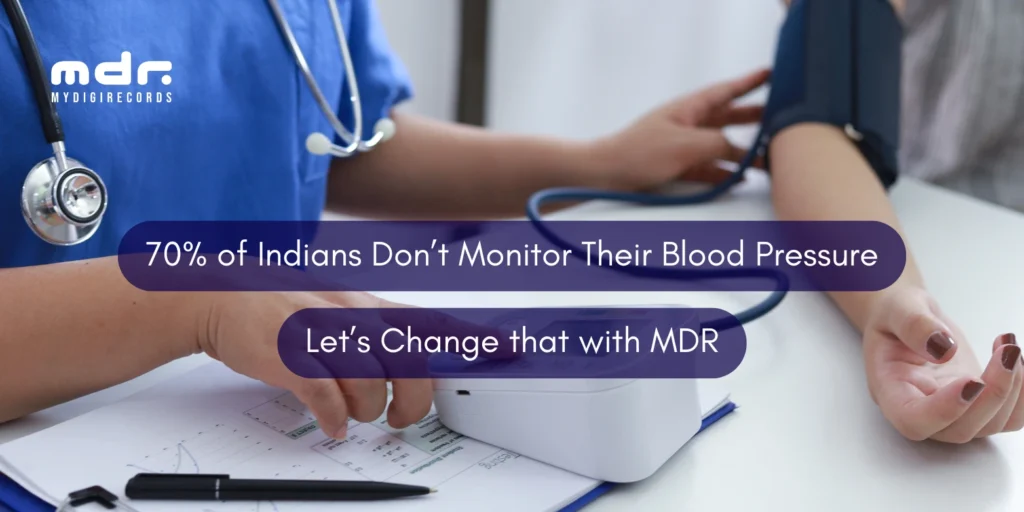
70% of Indians Don’t Monitor Their Blood Pressure – Let’s Change That with MDR
70% of Indians Don’t Monitor Their Blood Pressure – Let’s Change That with MDR Table of Contents: The Silent Killer
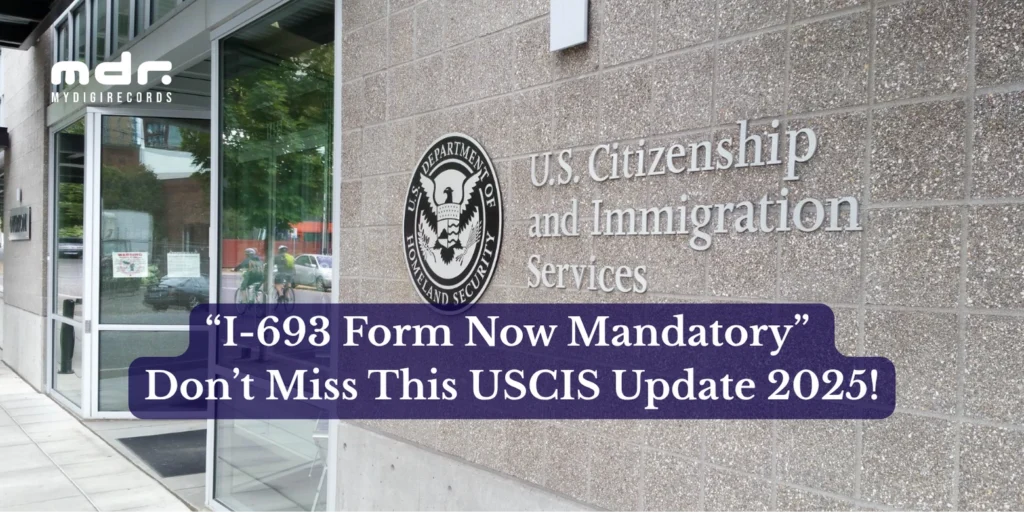
New USCIS Rule 2025: Green Card Applications Must Now Include Medical Form I-693 – What You Need to Know
New USCIS Rule 2025: Green Card Applications Must Now Include Medical Form I-693 – What You Need to Know Table
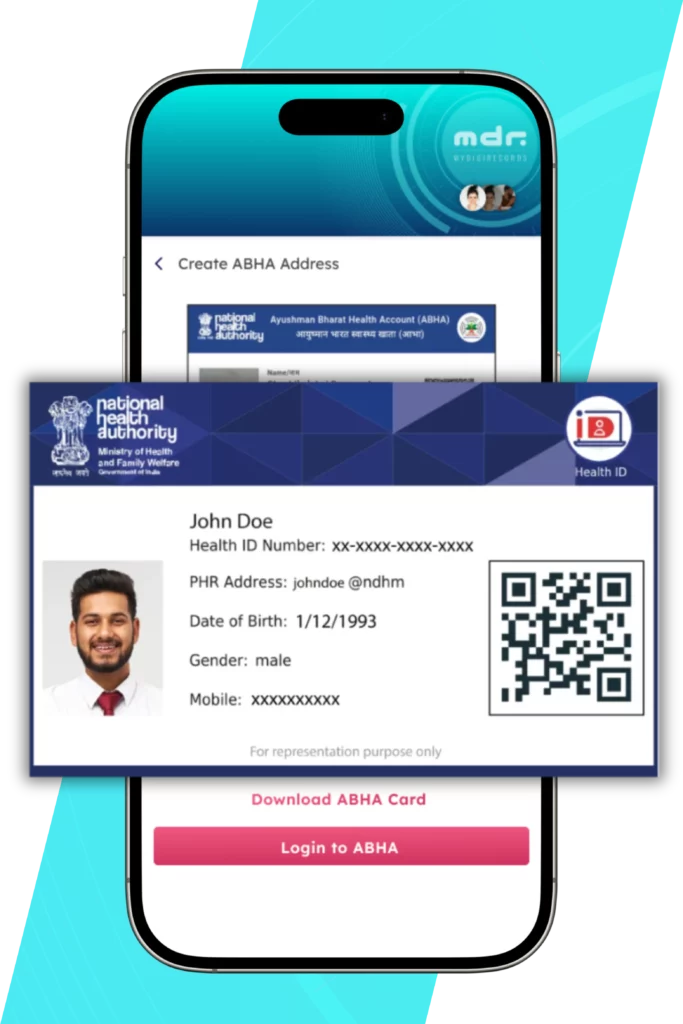
A Deep Dive into ABDM and ABHA ID with MyDigiRecords – Unlocking the Power of Digital Health
A Deep Dive into ABDM and ABHA ID with MyDigiRecords – Unlocking the Power of Digital Health Table of Contents:
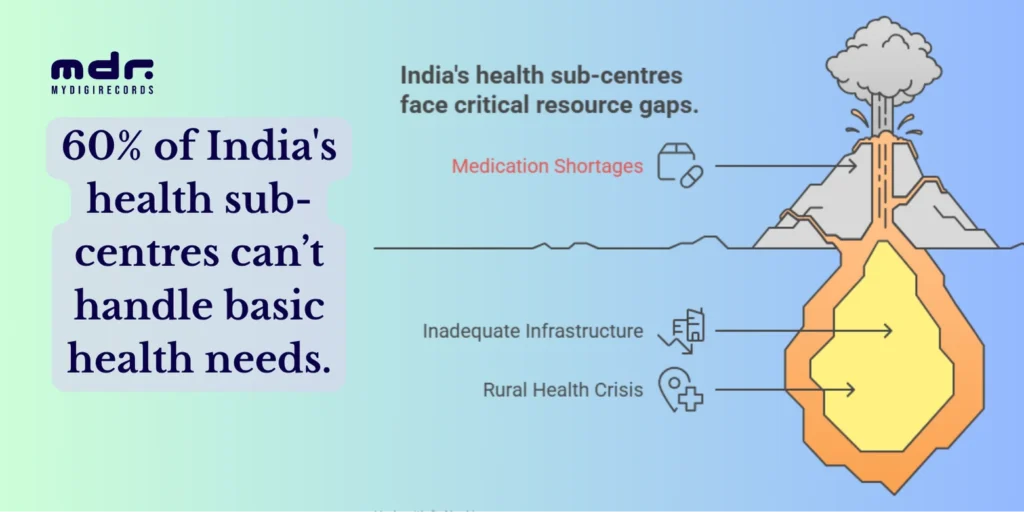
India’s Health Sub-Center Crisis: How Digital Health Records Can Bridge the Rural Care Gap
India’s Health Sub-Center Crisis: How Digital Health Records Can Bridge the Rural Care Gap Table of Contents: Introduction The Data
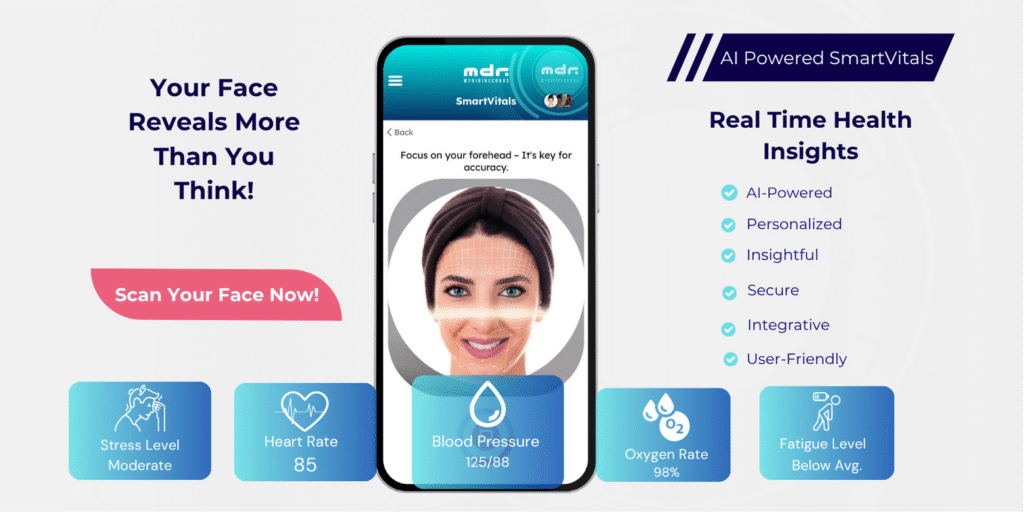
AI-Powered Face Scan: The Future of Blood Pressure Monitoring Is Here
AI-Powered Face Scan: The Future of Blood Pressure Monitoring Is Here Table of Contents: Introduction The Rise of Contactless Health
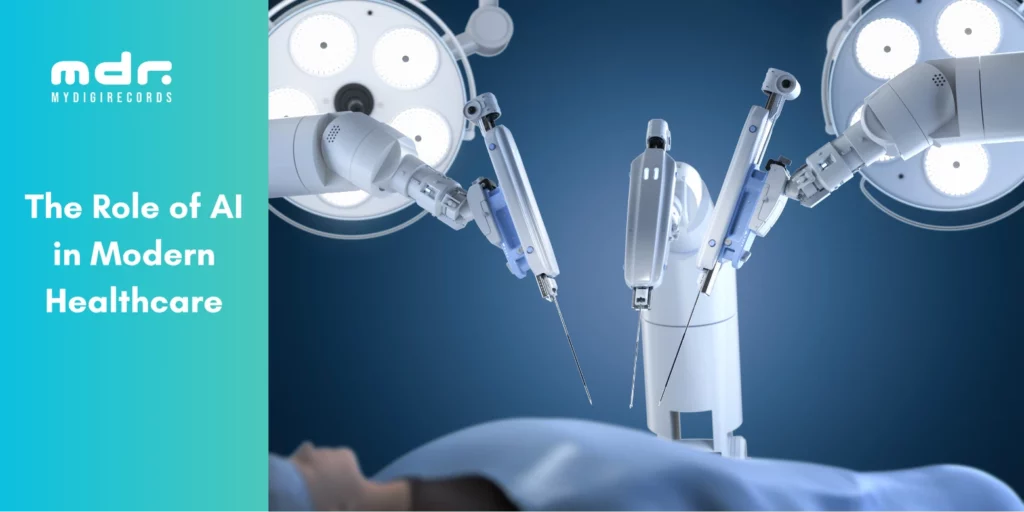
How Smart Clinics Are Using AI to Speed Up Diagnosis and Treatment
How Smart Clinics Are Using AI to Speed Up Diagnosis and Treatment Table of Contents: Introduction What Are Smart Clinics?
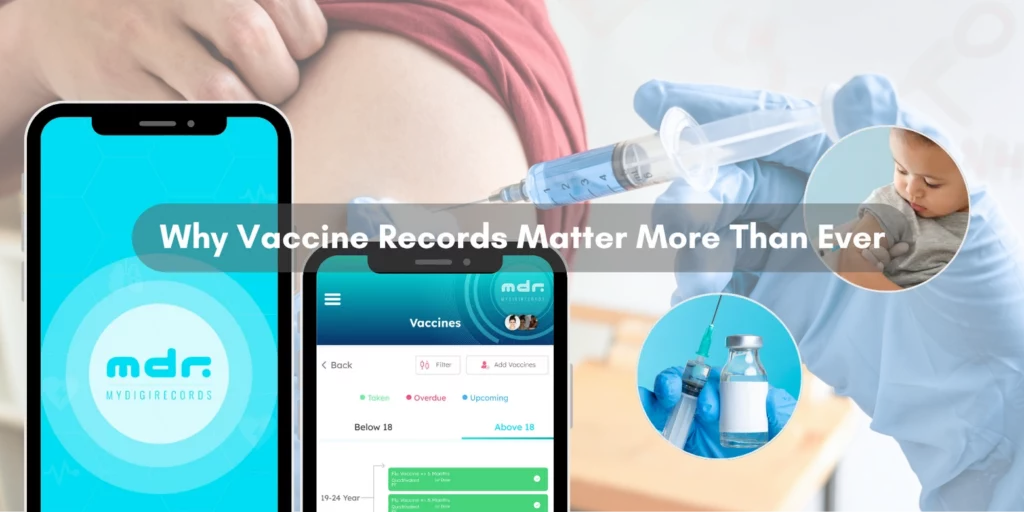
Vaccination Vault: Why Keeping Digital Records Is Now a Must in 2025
Vaccination Vault: Why Keeping Digital Records Is Now a Must in 2025 Table of Contents: Introduction Why Vaccine Records Matter
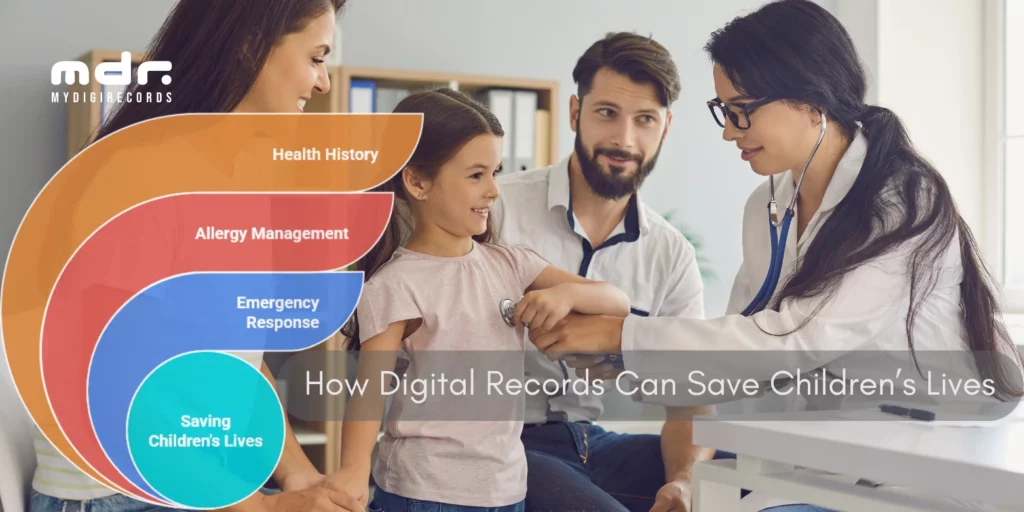
From Allergies to Emergencies: How Digital Records Can Save Children’s Lives
From Allergies to Emergencies: How Digital Records Can Save Children’s Lives Table of Contents: Why Every Second Matters The Hidden
